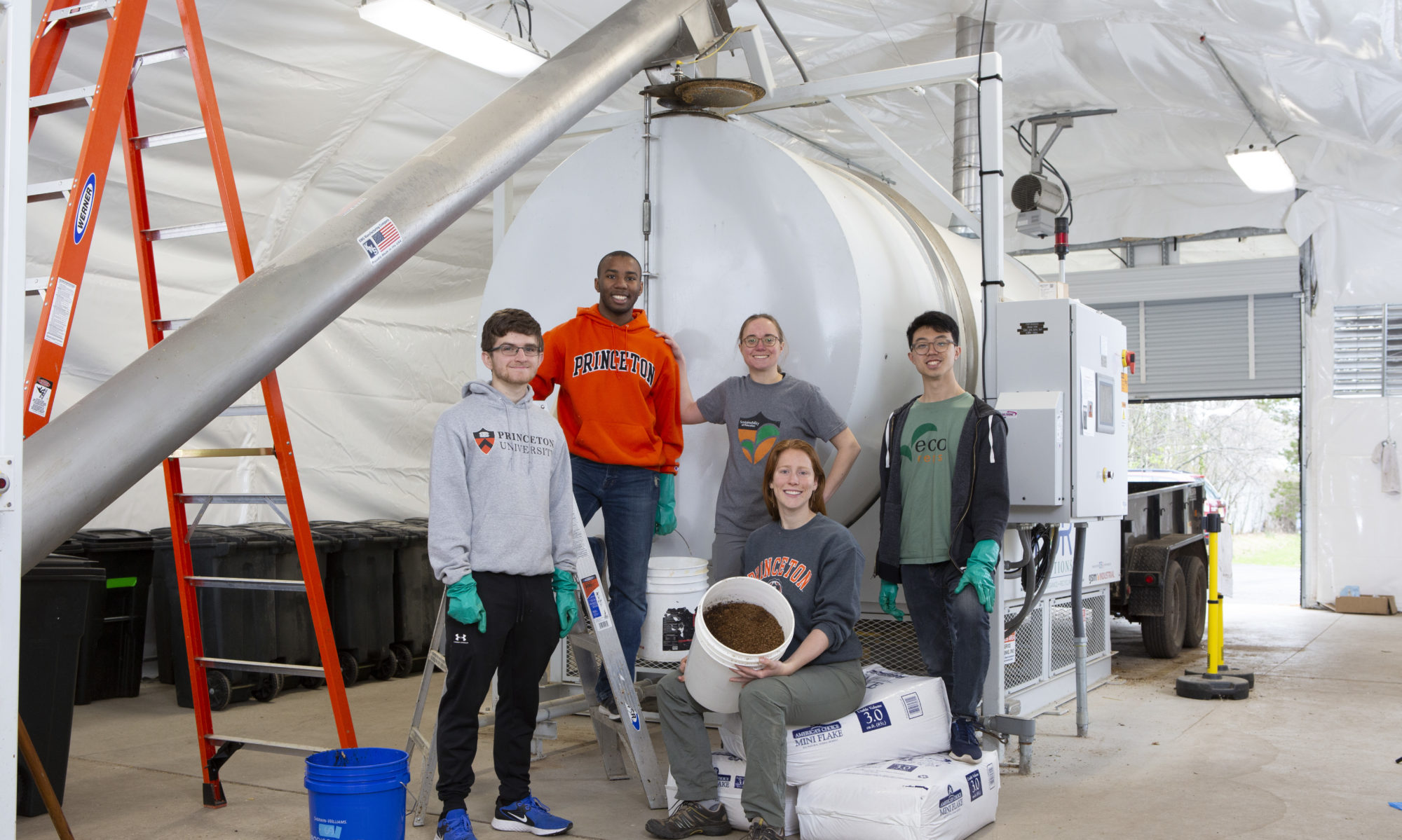Hi all,
The S.C.R.A.P. Lab has been back up and running as of Jan. 6th when students arrived back to campus for Reading Week. In addition to resuming regular loading activities, we have started one of our 2020 action items to expand compostable ware collection in the retail food gallery of Frist Campus Center.
As with all data collection efforts, our first step is to obtain a baseline of current quantity and quality of the items that are placed in the S.C.R.A.P. Lab bin by diners for composting. Under the current procurement practices, these include all food scraps, napkins, burrito bowls and molded fiber (paper) plates as indicated by the signage on the temporary bin:

To limit contamination of non-acceptable items, the S.C.R.A.P. Lab bin has a lid and is placed at the end of the line so only the most well-intended consumers use the bin. We find that many people just discard their items in the first bin that they see without even looking at the signage. So we might not capture the greatest amount of viable material, but the risk of contamination is lower.

Over the last 6 days of measurement, we’ve noticed the following trends:
- The amount of post-consumer material collected is about 30 lbs/day
- Contamination levels hover around 15% (by volume), you can think of that as a B to B+ which is good but not great
- The most common contaminants have been polymer-based materials such as cups and utensils made with PLA (see below) which can only be composted in facilities that keep these materials at a high temperature for an extended (or repeated) number of times unlike our composting system which has a short residency period of 5-7 days.

Next Steps:
- We will continue to collect and monitor the “front of house” bin this week to confirm the above trends
- We will test a “Report Card” sign to bring awareness to the level of contamination and the most common culprits
- Meanwhile, our Campus Dining team is hard at work at reviewing their disposable product line and trying to replace certain items with ‘SCRAPPY-friendly” items
Weekly Data: 1/3 – 1/16
Over the last two weeks, we resumed loading activities. This week when the composting vessel reaches capacity (about 75% full), we will resume off-loading.























